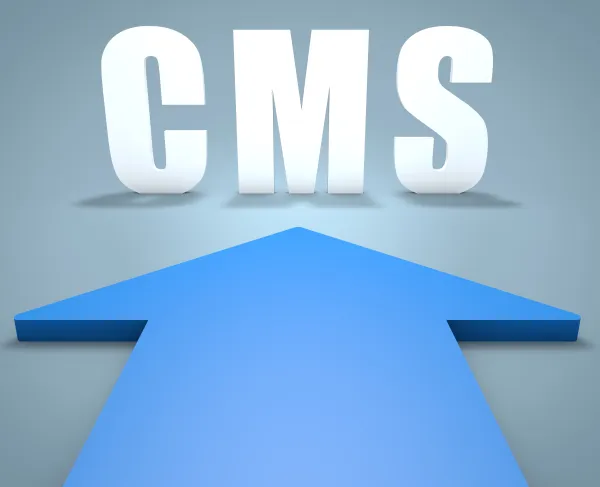Adhere to these Facility-Specific Guidelines when Billing Bilateral Services

Note underlying differences between ASC, outpatient facility bilateral billing. At first glance, modifier 50 (Bilateral Procedure) appears to be one of the few modifiers that isn’t any more complicated than what’s presented on the surface. However, when diving a little deeper into the subject, you’ll find that it’s not only one of the most misunderstood modifiers — but also one of the most improperly utilized. That’s because there are numerous different considerations you must take into account before reporting bilateral procedures — especially when it comes to the Outpatient Prospective Payment System (OPPS) and Ambulatory Surgery Center (ASC) Payment System. Read on for an assortment of helpful tips and advice to get you coding bilateral services accurately and confidently. Compare and Contrast CMS Guidelines on Bilateral Procedures When it comes to when, where, and how to submit bilateral surgical services, you’ve got to adhere to a specific set of guidelines based on the payment classification system your facility subscribes to. Specifically, the rules vary depending on whether you are processing the claim under the ASC payment system or the OPPS. If that’s not enough, you’ve also go to know when to disregard a more general set of CMS rules on modifier 50 use. “Commercial payers have different guidelines on when modifier 50 applies vs. RT [Right side] and LT [Left side], so keep that in mind as well,” notes Sarah L. Goodman, MBA, CHCAF, COC, CCP, FCS, president and CEO of SLG, Inc. Consulting in Raleigh, North Carolina. Chapter 12 (Physicians/Nonphysician Practitioners), Section 40.7 of the Medicare Claims Processing Manual advises you on how to appropriately bill for and report modifier 50 on bilateral services: If you were stop here, then you’d expect that CMS requires all bilateral services to be billed as a single line item using » modifier 50. However, the CMS rules pertaining to ASC billing are a little different. Chapter 14 (ASC), Section 40.5 Medicare Claims Processing Manual states the following: As you can see, when billing bilateral services in an ASC setting, the guidelines will actually steer you away from modifier 50 entirely. Instead, you should either report the CPT® code on a single line with two units or list the same code on two separate lines with one unit apiece. For the first option, you will not apply any modifier. For the second option, you may apply the LT (Left Side) and RT (Right Side) modifiers accordingly. “Many commercial payers require this methodology in both the hospital outpatient and ASC settings,” relays Goodman. Hint: You may have to opt for two separate lines if the code has a medically unlikely edit (MUE) unit limit of 1. This means that only one unit is allowed per single line item. Distinguish Between ASC, OPPS Bilateral Billing Guidelines Now that you’ve got a handle on ASC bilateral billing guidelines, you’ll want to consider how the ASC bilateral billing policies compare to those in an outpatient facility setting. If you take a look at the guidelines listed in Chapter 4 (Part B Hospital (Including Inpatient Hospital Part B and OPPS)), Section 20.6.2 of the Medicare Claims Processing Manual, you will see that the rules are actually identical to the physician/nonphysician guidelines listed in chapter 12. That means that when billing in an outpatient facility setting, you should bill bilateral procedures as a single line item using modifier 50. However, you want to make sure to consider a code’s bilateral surgery indicator before applying modifier 50. Consider Role of Bilateral Status Indicators Now that you’ve got a clearer picture of bilateral billing in both ASCs and outpatient facilities, you’ll want to consider how bilateral status indicators might fit into the equation. Refresher: CMS offers a list of bilateral surgery indicators to tell when modifier 50 is applicable. The list of bilateral surgical indicators is as follows: Disclaimer: For the moment, you can disregard indicators 3 and 9. Bilateral surgery indicator 3 is specific to diagnostic radiology. Bilateral surgery indicator 9 is applied to CPT® codes where laterality is not applicable. “As for where you can find the bilateral status indicators, you can see these in CMS’s Relative Value File, which is updated every quarter,” says Jennifer M. Connell, CPC, CENTC, CPCO, CPMA, CPPM, CPC-P, CPB, CPC-I, Owner of E2E Health Solutions in Victoria, Texas. “In the CMS Relative Value File, a corresponding code’s bilateral status indicator can be found in the ‘Bilateral Surg’ column,” Connell adds. Since modifier 50 is not allowed in the ASC setting, bilateral surgery indicators are also not relevant when billing for ASC services. However, since outpatient facility services follow by the same CMS rules as pro-fee coding, you will want to consider bilateral surgery indicators for outpatient facility claims. Bilateral surgery indicator 1 is rather simple — if the code has an indicator of 1 and is performed bilaterally, append modifier 50. Bilateral status indicator 2 is where things get somewhat complicated. Typically, CMS assigns this status indicator to codes that are labeled as “unilateral or bilateral” in the code description. In these instances, you will not append modifier 50 if the service is, in fact, bilateral. However, if the service is unilateral, you may append an LT or RT modifier to designate a side.




